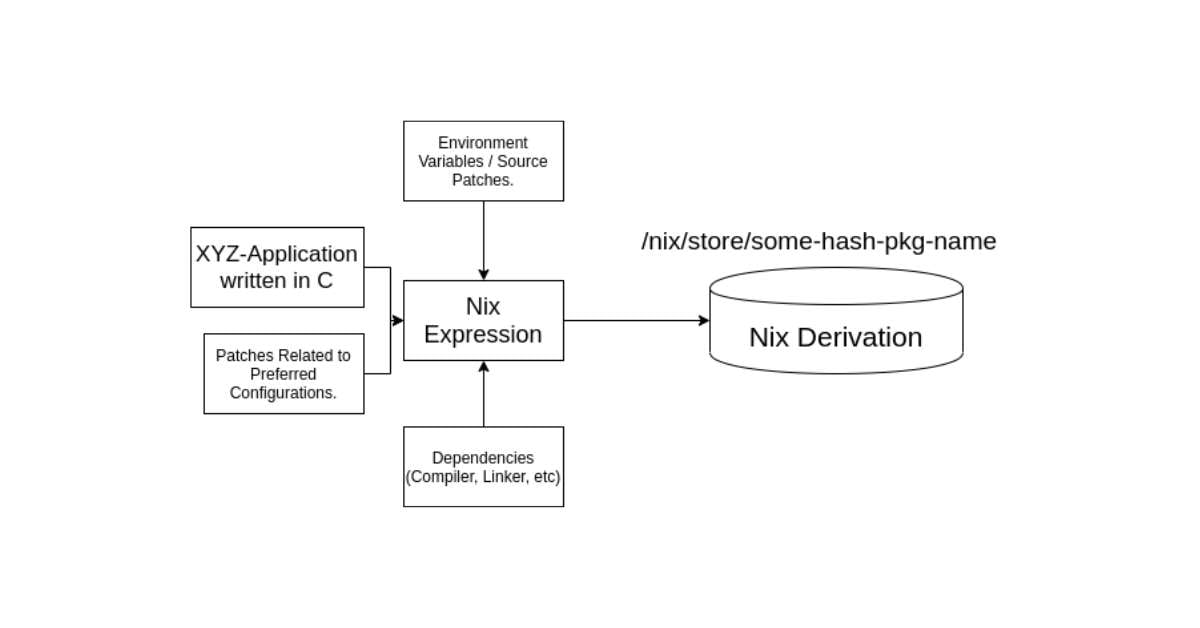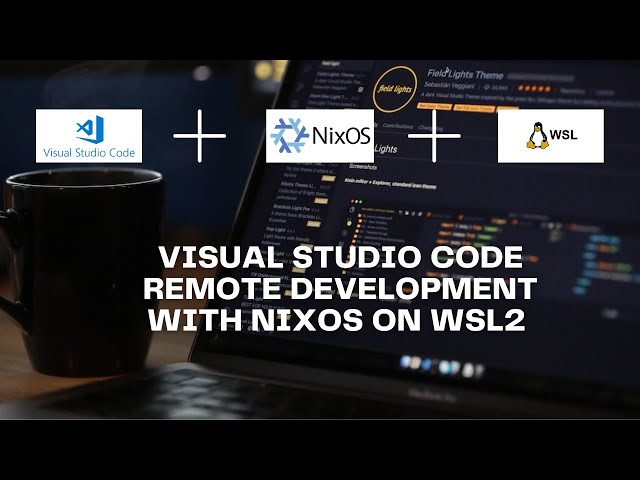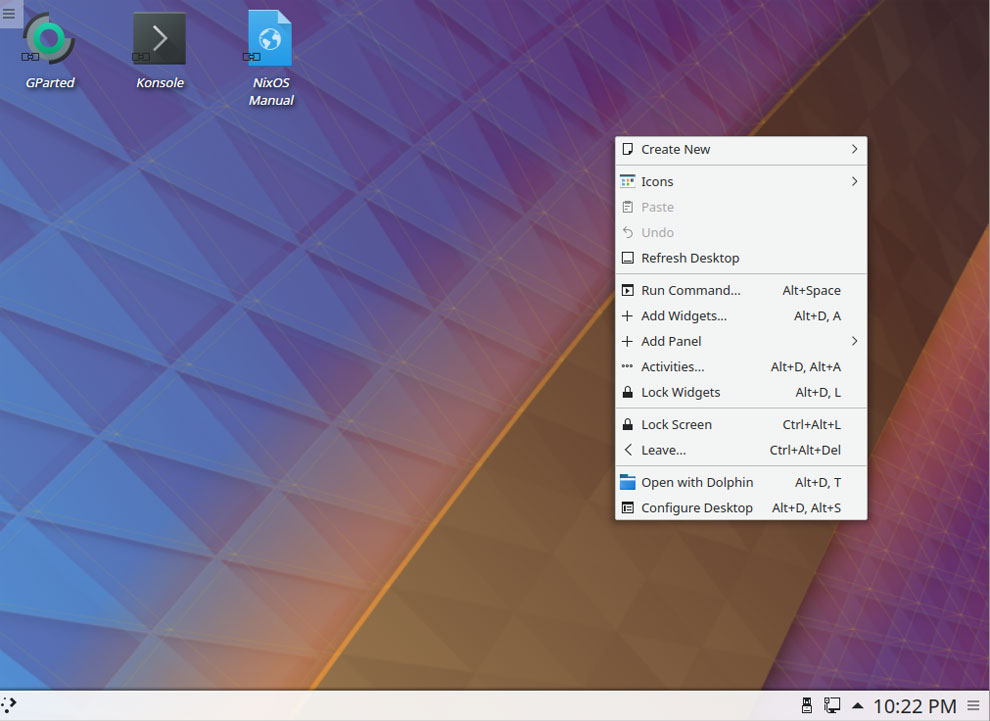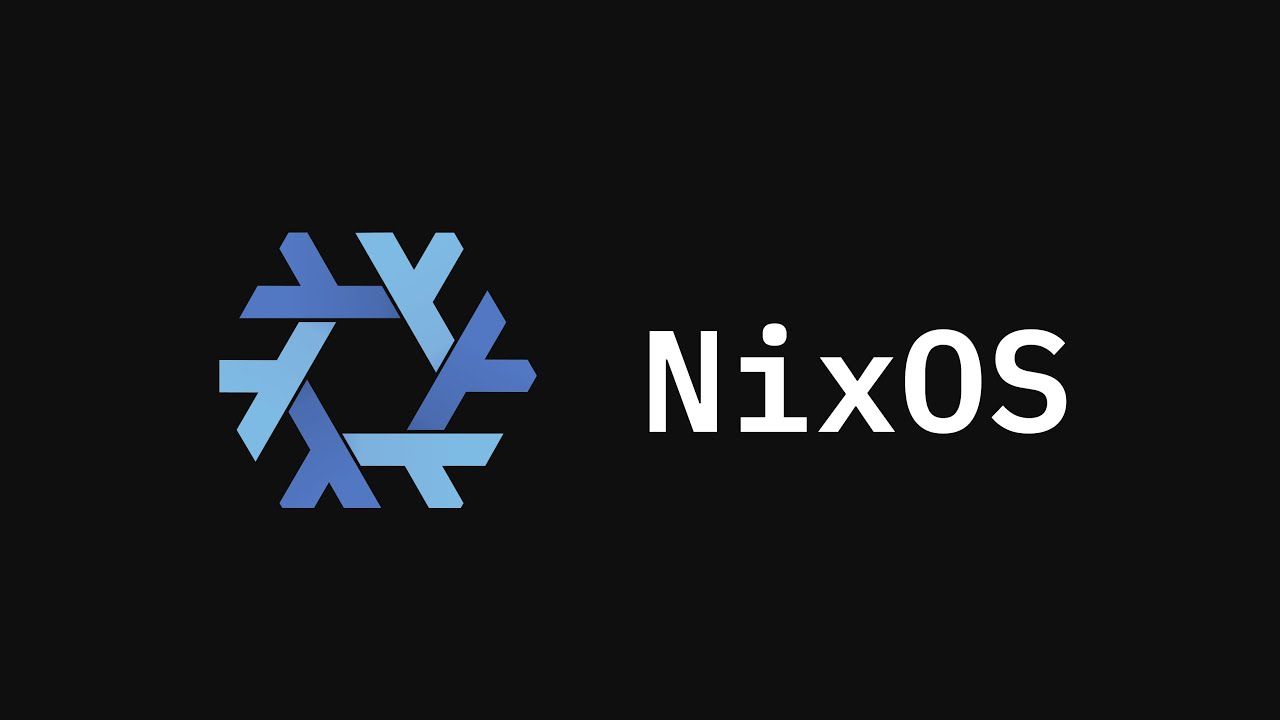Navigating the Complex Landscape of Open Source Licensing
Open source software has entrenched itself in modern development practices, revealing its vast monetary value. A 2024 study by Harvard Business School indicates a staggering $4.15 billion supply-side value versus $8.8 trillion in demand-side value. Now, with such impressive financial figures, it’s little wonder that more organizations are integrating open-source alternatives into their environments.
However, the past few years have unearthed a disconcerting trend: some high-profile open source projects have transitioned to more restrictive licensing. This abrupt change has fragmented the landscape for developers who previously worked under the terms of more permissive licenses.
Understanding Open Source Licenses
To grasp the implications of these changes, one must first understand the different types of open source licenses. They generally fall into two main categories: permissive and copyleft. Permissive licenses, such as the MIT License and Apache 2.0, provide users the freedom to use, modify, and distribute the software with minimal restrictions.
Conversely, copyleft licenses require that derived works maintain the same license, ensuring source code availability to all users. Examples of such licenses include the GNU General Public License (GPL) family and the Mozilla Public License.
Recently, projects like Terraform (by HashiCorp) and CockroachDB have ventured into the Business Source License (BUSL) territory, which is not strictly classified as an open source license. Such licenses allow for source code visibility but may impose restrictions on production usage without prior approval from licensors.
According to Stefano Maffulli, executive director of the Open Source Initiative (OSI), these shifts in licensing often boil down to companies seeking to capture project value and defend against competitors exploiting their software offerings. For instance, the Elastic License emerged from Elastic’s response to widespread competition from Amazon Web Services’ offerings such as Amazon Elasticsearch Service.
“Switching licenses midstream can feel like a betrayal,” Maffulli states. “It disrupts the foundational trust within the open source community.”
The Repercussions of License Changes
When open source projects shift to restrictive licenses, the backlash from the community is almost immediate. Developers who incorporated these tools into their systems stand at a precipice, needing to adapt swiftly to new conditions or pivot to alternatives that sufficiently align with their original licensing agreements.
Many in the industry regard this transition as tantamount to “pulling the rug” from under the user community’s feet. Companies falling into this trap often find themselves scrutinized by users, contributors, and partners who feel misled after investing their efforts under a different set of originally agreed-upon terms.
Advising on best practices, AB Periasamy, co-CEO of MinIO, emphasizes the importance of maintaining trust with the open-source user community, stating, “Brand is about the trust and relationship you establish with your users.” He further denounces abandoning open-source practices solely for short-term financial incentives.
Longer-Term Perspectives on Open Source
Reflecting on the overarching strategy, Karthik Ranganathan, co-CEO of YugaByteDB, highlights the long-term benefits of remaining open source. He articulates a nuanced perspective on the motivations behind database choices:
“Why would a developer choose a solution that isn’t open? It simply won’t be the preferred choice.”
Ranganathan believes that application developers thrive in environments where they can innovate and iterate atop open-source foundations, allowing them to construct applications that leverage these technological stacks without fear of sudden restrictions or costs.
In a widely discussed switch, Cockroach Labs previously changed its licensing in 2019 from Apache 2.0 to BUSL, and later announced it would retire its free Core offering. Such drastic shifts led many concerned developers to consider the ramifications if their business grew beyond specified revenue caps.
By maintaining an enduring commitment to open source, YugaByte and others hope to differentiate and capture their market segments with strong community support behind them.
The growing community around open source projects is both a strength and a crucial consideration for organizations.
The Emergence of Alternatives
Some projects have seen forks emerging as reactions to proprietary transitions. A relevant case is the formation of OpenTofu, a community-driven fork of Terraform that arose right after HashiCorp’s adoption of the BUSL. This new initiative galvanized support quickly, exemplifying how the open-source community can rally against shifts perceived as detrimental to the ecosystem.
Roni Frantchi, one of the driving forces behind OpenTofu, described the grassroots phenomenon: “Our proposal to HashiCorp for a collaborative foundation fell on deaf ears. That’s when we decided to step forward and take action.” The project’s vision articulates fostering open sourcing while developing valuable community features that align with user expectations and needs.
Navigating Towards Future Resilience
In light of potential licensing changes, it becomes imperative for organizations heavily relying on open-source software to incorporate robust contingency plans. Recommendations suggest establishing a Software Bill of Materials (SBOM), which serves as an essential tool for maintaining visibility and control over software assets and potential vulnerabilities.
Tzvika Shahaf, VP of Product Management at Puppet, underscores that constructing capabilities to manage open-source software effectively is not merely a supplementary consideration—in enterprise contexts, it’s a necessity for sustained operational integrity. Businesses must not only navigate licensing foci and compliance issues, but also wrestle with other challenges inherent to open-source projects.
According to the 2024 State of Open Source Report, organizations report various pain points, including struggles with security policy adherence, outdated versions, lack of support, insufficient technical expertise, and complex installations. Addressing these challenges head-on ensures organizations are better equipped to deal with interruptions caused by sudden license changes.
As the open source landscape continues to evolve, being proactive about community engagement, licensing implications, and regulatory compliance will help mitigate unforeseen consequences. Maffulli aptly remarks, “As the terrain shifts, we must remain steadfast in our commitment to the values of trust, transparency, and collaboration with our user communities.”
Looking ahead, continuous commitment to open-source principles fosters innovation and protects community relationships.
Conclusion
The journey through open source software’s licensing terrain remains fraught with challenges but also offers the promise of community resilience and collaborative growth. Building a secure framework for operating in this unpredictable landscape is crucial for businesses wishing to leverage open-source resources effectively. Past lessons serve as a foundation for moving forward into the future with resilience and adaptability — principles that will guide the open source community towards enduring value creation and sustainable growth.
In this shifting atmosphere, trust, strategy, and informed decision-making will set the tone as we grapple with the ongoing dynamics of open source software and licensing.


 Photo by
Photo by 












